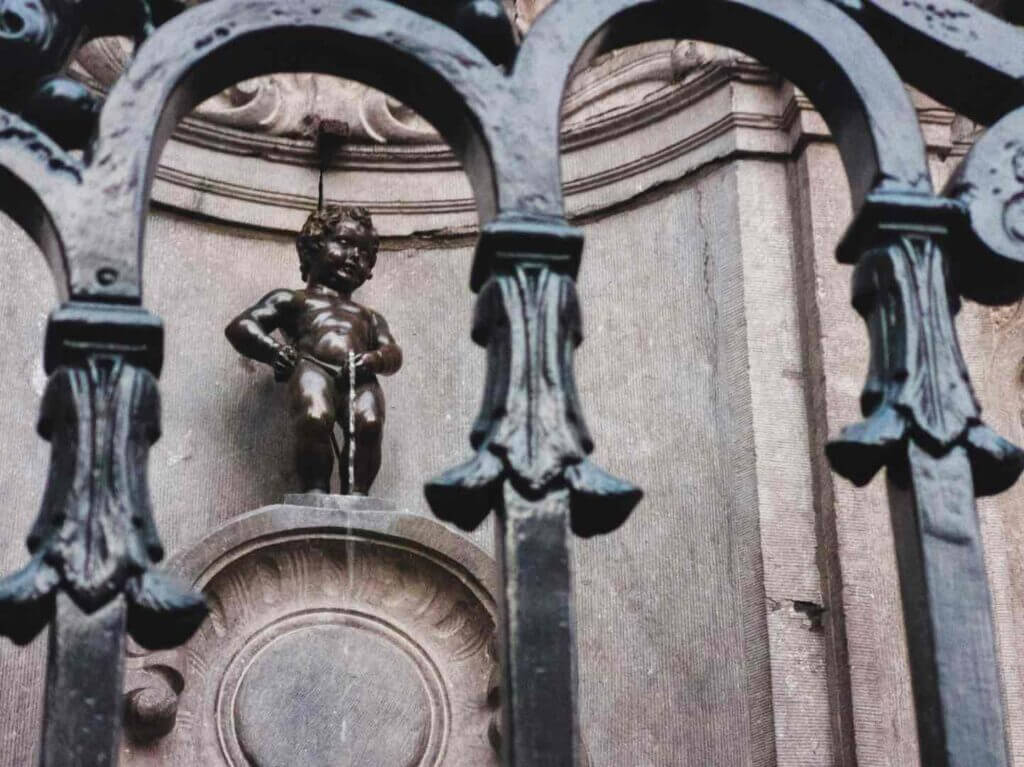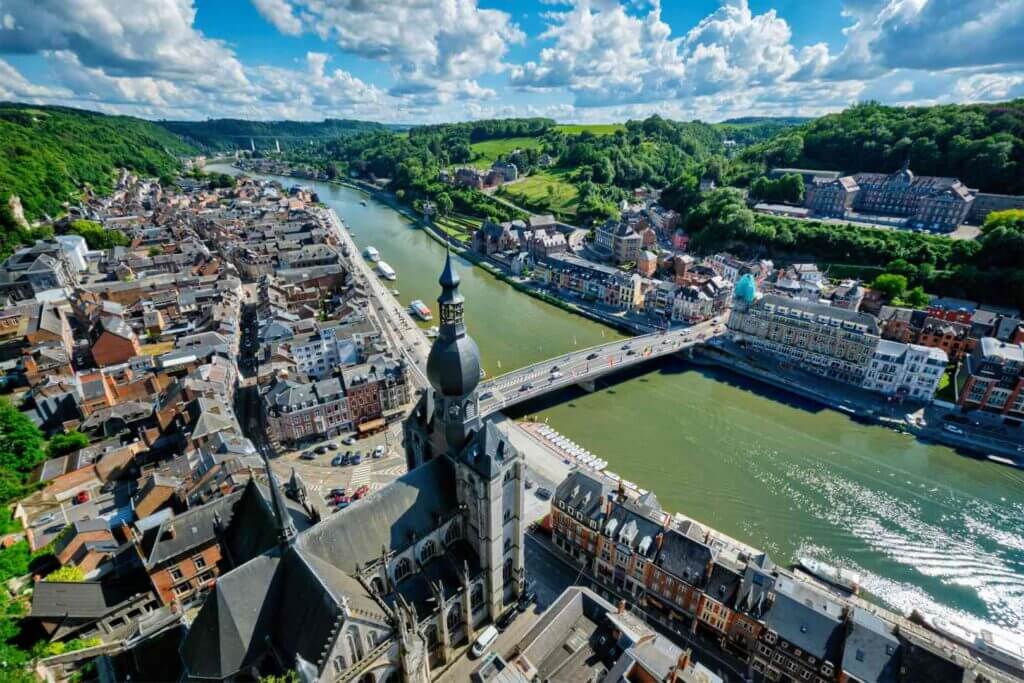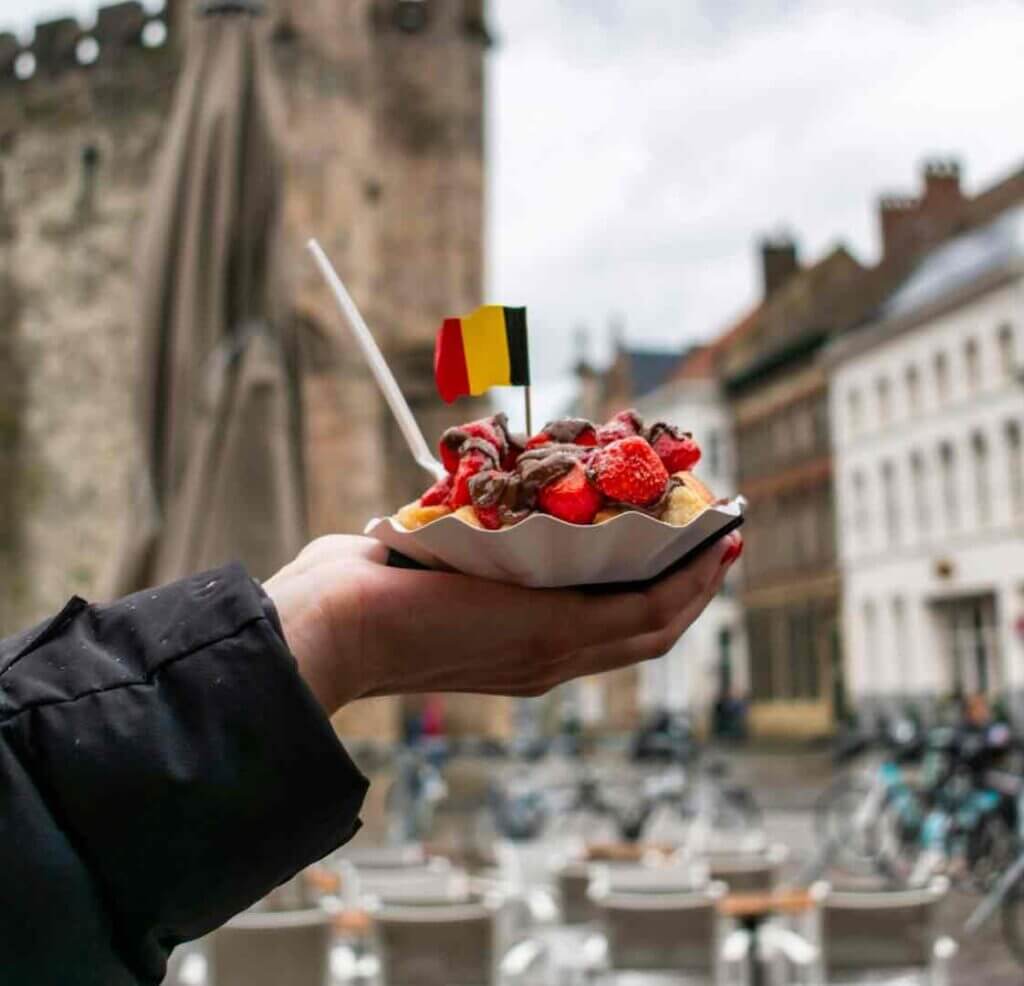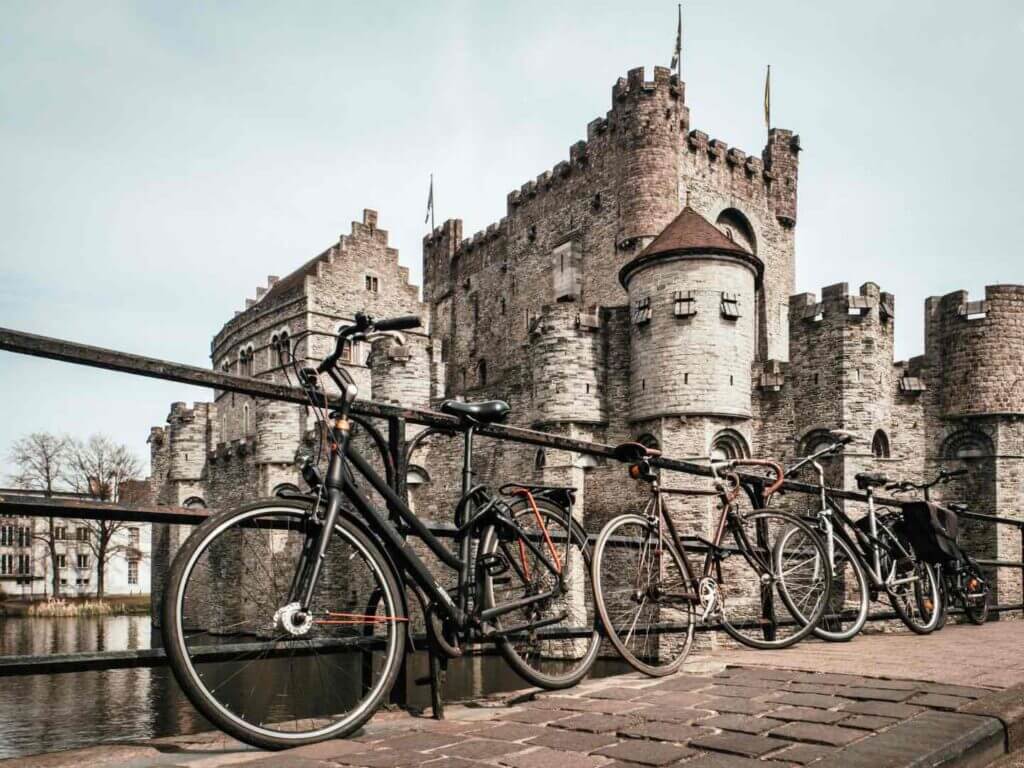Belgium
Internationally famed for its fine chocolates, beers and waffles, Belgium is a beautiful country populated with historic cities, medieval castles and impressive architecture. Nestled in between the Netherlands, Germany, Luxembourg and France, Belgium comprises two distinctive cultural regions, which are the Dutch-speaking Flanders in the North and the French-speaking Wallonia in the South. Flanders is home to many of the country’s vibrant cities whereas Wallonia contrastingly features rolling countryside, rural farms and forests.
At the heart of Belgium is its thriving capital city, Brussels, a cosmopolitan city rich in museums, dining, shopping, nightlife and fine art and architecture that is exemplified in the famous Grand Place and the remarkable palaces and churches such as the cathedrals of St. Michael and St. Gudula.
Belgium’s most popular destination, Bruges, enchants tourists with its romantic medieval town known for its Flemish art, 13th century belfry and lots of chocolate boutiques. And don’t forget the historic city of Ghent!
Below you will find comprehensive guides to the country.

Best Time To Visit

Because it’s a year-round destination, the best time to visit Belgium depends on your own personal tastes.
The country boasts warm summers (June to August) that aren’t too hot and are packed with cultural events and festivals. Those are the peak months for visitors, who come to enjoy the plentiful sunshine and take advantage of summer holidays taking place across Europe.
You’ll also find pleasant weather in the spring (April to May) and autumn (September to October) seasons, with mild days and cool nights. The crowds are much thinner than you’ll find in the summer and prices are lower.
There’s also a plenty of Christmas festivities you can enjoy in November and December, as well as Carnival in February and March. The winter months are generally quieter and offer great value, though Christmas markets and Carnival do cause a sharp increase in crowds.
What To Expect
Capital: Brussels
Language: Belgium has three official languages, Flemish (Dutch), French, and German. You’ll often see signs in both French and Flemish.
Currency: The official currency of Belgium is the Euro (EUR). $1 USD is equivalent to 1.09 EUR and £1 is 0.82 euro. Check the latest rates here
Credit Cards & ATMs: You shouldn’t have any trouble using your credit card when visiting Belgium. However, keep in mind that many people prefer cash when it comes to small purchases. There are ATMs in all Belgian cities and towns, and you’ll usually find them near gas stations, shopping centres, and bus and train stations. Most places also accept Google Pay and Apple Pay.
Plugs: Power plugs are type E, the standard voltage is 230 V, and the standard frequency is 50 Hz. I recommend buying a universal adapter as they make everything so much easier.
Safety: Belgium is a safe country to visit. Petty crime does exist as in most countries, so don’t carry too much cash and keep an eye on your bags.
Useful tip: Eat local – By eating at restaurants serving traditional cuisine, you’ll keep your food expenses low.
Never ever: 1. Don’t Trust the Crosswalks. Unless you’re trying to cross the street at a spot that’s governed by a traffic light or sign. 2. Don’t TIP, its already on your bill.
Travel Guides
Below you will find guides on places in Belgium, including best things to see and do, itineraries etc.
Top 5 Things to See and Do in Belgium
(Note: Belgium is brimming with activities. Truly, there’s an abundance to explore and experience. The following are just a few of our top picks. For more country-specific activities, refer to the detailed guides linked to each country below!)
When one thinks of Belgium, the delightful allure of chocolates immediately springs to mind. Brussels, the country’s capital, is the epicentre of this chocolaty indulgence. Popping into any of the city’s countless artisanal chocolate boutiques, like Neuhaus or Godiva, visitors can watch chocolatiers craft intricate confections and, of course, sample these delectable treats. Chocolate-tasting tours guide enthusiasts through a journey of flavours, from pralines to truffles, ensuring a sweet immersion into Belgium’s proud cocoa heritage.
Often likened to a page from a fairy tale, Bruges is a mesmerising blend of Gothic spires, winding canals, and cobbled lanes. The city’s historic centre, a UNESCO World Heritage site, is best explored on foot or by a tranquil boat ride on its canals. Iconic spots include the Markt Square, dominated by the towering Belfry, and the serene Begijnhof, a secluded courtyard once home to a religious community of women. As the day fades, the medieval charm is accentuated under the soft glow of street lamps, making Bruges a romantic retreat.
3. Experiencing the Battlefields of Ypres
Ypres, located in the Flanders region, played a pivotal role during World War I, witnessing several significant battles. Today, the town stands as a solemn testament to the war’s devastating impact. The In Flanders Fields Museum offers a poignant insight into the conflict’s history, while a visit to the Menin Gate Memorial, where the Last Post ceremony occurs every evening, pays tribute to the fallen soldiers. Guided tours further explore the preserved trenches, craters, and numerous cemeteries scattered across the landscape, offering a deeply moving journey into the past.
4. Sipping Beers in an Abbey Brewery
Belgian beers, with their rich flavours and diverse styles, are a source of national pride. The country boasts several Trappist breweries, where monks have been perfecting the art of brewing for centuries. A visit to one of these abbeys, such as Chimay or Orval, promises more than just a tasting session. The serene surroundings, combined with the monastic traditions, provide a unique backdrop for understanding the intricate brewing processes. Paired with some local cheese, the experience becomes a gastronomic delight, celebrating the best of Belgian flavours.
5. MarveLling at Antwerp's Diamond District
Antwerp, often termed the ‘Diamond Capital of the World’, has been at the forefront of the diamond trade for over five centuries. The city’s Diamond District is a bustling enclave of traders, craftsmen, and merchants. Window shopping here is a glittering affair, with countless jewellers showcasing exquisite gem-studded creations. For those keen on delving deeper, the DIVA Antwerp Home of Diamonds offers interactive exhibits detailing the journey of diamonds, from their raw state to the sparkling jewels. Whether you’re in the market for a purchase or simply curious, Antwerp’s shimmering allure is undeniable.
Book tours and purchase tickets
Travel Resources
More Ways to Keep in Touch
*Disclosure: Please note that some of the links above may be affiliate links, and at no additional cost to you, I earn a commission if you make a purchase. I only recommend products and companies I use and the income goes to keeping the site community supported and ad free.









